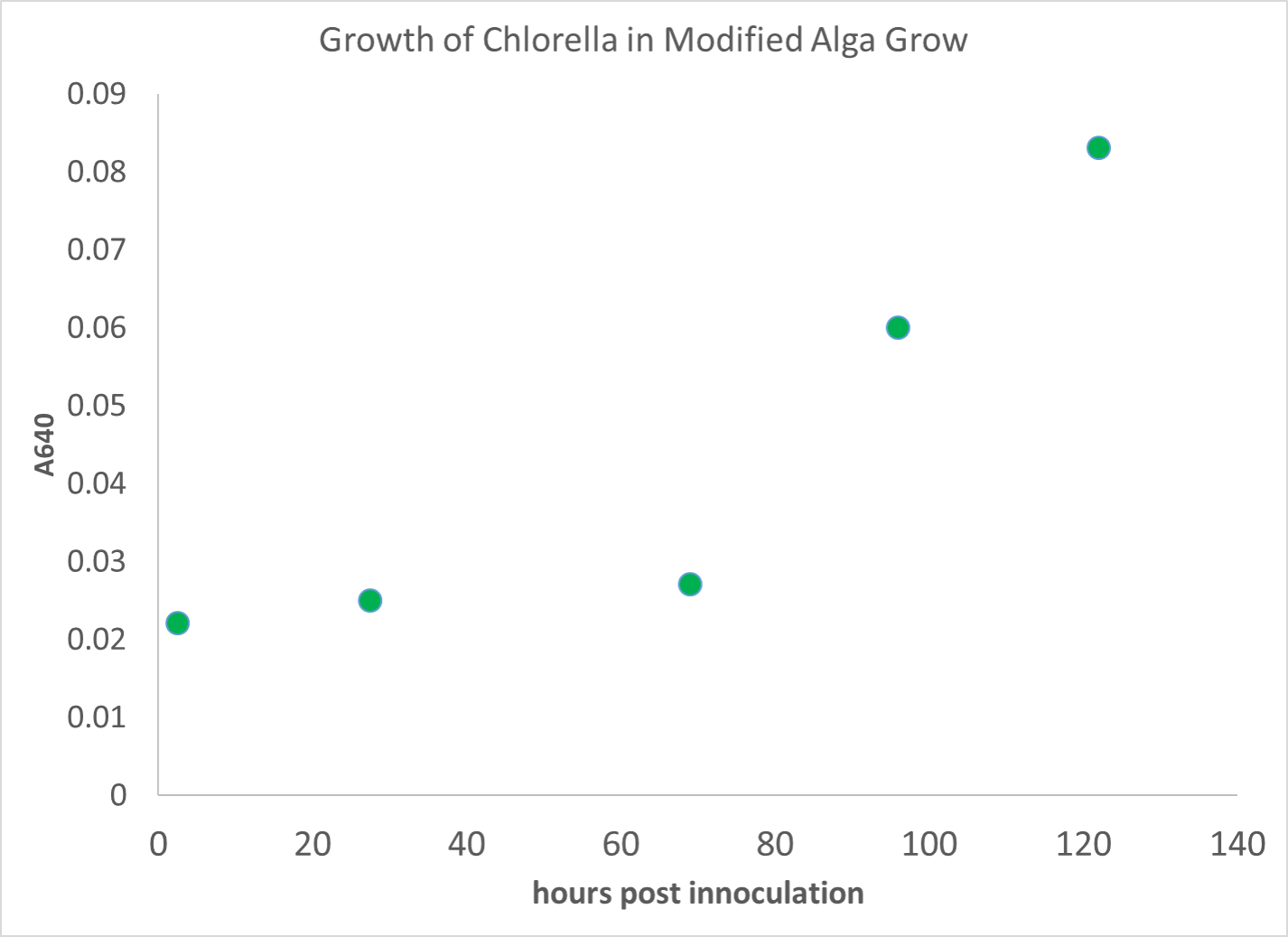RSS feed:
What I’m thinking about
- agriculture
- Alfred Russel Wallace
- algae
- allelopathy
- ants
- censorship
- chlorella
- chlorella virus
- closterium
- collembola
- competitive exclusoin
- corn
- corn harvest
- corn plants
- critical thinking
- diet
- drosophila
- education
- educational outcomes
- epidemiology
- evolution
- fetal microchimerism
- fetus
- flowering plants
- food poisoning
- fruit flies
- fungi
- garage science
- genetics
- Green Alga
- green algae
- H5N1
- immunology
- infectious disease
- influenza virus
- insect
- learning
- leishmania
- lichen
- listeria
- listeriosis
- microbiology
- motivation
- mycoplasma
- paramecium
- parasite
- peas
- pitfall traps
- plague
- plants
- Pond water
- pregnancy
- protein content
- protist
- reading graphs
- reasoning
- science
- scientific reasoning
- seed germination
- sex
- sexual reproduction
- southeastern natural history
- spirogyra
- springtails
- student enquiry
- student research
- symbiosis
- teaching
- teaching evolution
- ticks
- toxoplasma gondii
- toxoplasmosis
- Tribolium
- Ulothrix
- virus
-
Recent Posts
Archives
- October 2020
- October 2019
- September 2017
- July 2017
- March 2017
- February 2017
- May 2016
- April 2016
- January 2016
- August 2015
- October 2014
- September 2014
- March 2014
- February 2014
- January 2014
- December 2013
- November 2013
- October 2013
- September 2013
- August 2013
- March 2013
- December 2012
- September 2012
- August 2012
- July 2012
- May 2012
- February 2012
- December 2011
- November 2011
- October 2011
- September 2011
- July 2011
- April 2011
- March 2011
- February 2011
- January 2011
- October 2010
- August 2010
- July 2010
- June 2010
- May 2010
Categories
- Algae
- Anatomy & Physiology
- cell biology
- Chlorella Virus Project
- Critical thinking
- Dad
- Evolution
- Flowering plants
- Fungi
- garage science
- Graphing
- insects
- Lichen
- mitosis
- Nervous System
- Ranting about Science
- Sexual reproduction
- Southeastern Natural History
- Teaching
- Uncategorized
- What I've been reading
- Why we wash our hands
Meta
Chlorella: at it again
Maybe a little sucrose and peptose is all we needed.

Posted in Uncategorized
Leave a comment
Trackside Science podcast
Obviously haven’t updated here in a while, partly because I have been working on a podcast:
Posted in Uncategorized
Leave a comment
Are extrinsic and intrinsic motivation relevant variables in learning?
Only cited 5 times in Google Scholar, but this study gets at some interesting ideas. 95 male college students are classified as Type A or Type B according to the Framingham Type A Scale (same Framingham as the heart study) and the authors try to correlate that with a bunch of student statistics that I am not interested in right not.
Then 12 subjects (argh – why only 12???) from each type were given a simple task (finding as many instances of a specific word in a set of cartoons. Some of each group were given extrinsic instructions (“work is quickly as you can in 5 minutes” and the experimenter visibly times them) or intrinsic instructions (“work at your own pace for 5 minutes” and the subject controls the timer). The low N makes me not want to overanalyze, but the Type B students under intrinsic instructions did perform the best, and the Type A students did better under extrinsic vs intrinsic instructions.
Like a paper from a previous post, the researchers watched from a 2-way mirror after the 5 minutes was up, and the Type B students continued on the task for longer than the Type A students. The standard deviations are a bit high, but it also looks as though Type B individuals continued to work on the task for less time under extrinsic than under intrinsic instructions, and Type As continued to work for longer under extrinsic than intrinsic instructions.
If someone continues to work on a meaningless task when they “don’t have to”, are they enjoying it more or is there a behavioral inertia unrelated to enjoyment?
I see references to studies that the authors characterize as finding negative outcomes for Type A learners, but many of the Type A habits appear important to learning to me.
Does the Type A/B personality correlate strongly with extrinsic/intrinsic motivation in more recent studies?
Posted in Teaching, What I've been reading
Tagged learning, motivation, teaching, Type A
Leave a comment
Dendritic spine changes during aging
Morphology of neurons (length, # of spines) changes noticeably, not necessarily the actual number (several different animal models including human). Caloric restriction doesn’t appear to change that outcome (2 studies in rats). “Multiple studies in rats have shown exposure to acute or chronic-restrained stress results in the inability to perform set-shifting tasks, retraction of apical dendrites and changes in synaptic plasticity…)
Thinking about thinking Ft Mountain 2017 I
Years ago I became slightly obsessed with a 2009 MIT Open Course on teaching (here). At the time it felt (and still feels) like a vein of precious metal in a confusing and dark mine with many tunnels. One of the nuggets that came out of that I remembered as the phrase “there is data showing that people will learn more if you use a slightly hard to read font on your slides”. This is called disfluency (as in, not- or less- fluent) I have no idea if I looked for that data back then – I hope I did, but at the time I was a bit enthralled with the professor’s ideas and its possible I didn’t look it up. I have always wondered about that data. Given that many published educational psychology studies aren’t models of the scientific method, its possible my nugget is a bit of fool’s gold.
There is currently on my computer desktop a folder labeled “Thinking about thinking Fort Mt 2017” which I vaguely remember making before a Memorial Day camping trip this year. It has about 6 papers in it, all containing the author Daniel M Oppenheimer (Princeton University Dept of Psychology), and one of which appears to support my nugget. Obviously I had some free time and did some literature searching and turned these up and, naturally, wanted to be reading PDFs of them by the campfire after my kids went to bed. That was not a sarcastic sentence, btw.
In an effort to encode the findings from these papers in my memory better, I want to briefly review them, starting with the disfluency paper.
Disfluency is the previously described phenomenon that people remember information slightly better when learning if it is slightly hard to understand. As in, using a crazy font or even omitting letters in words so learners have to supply them (l_ke th_s). This appears to contradict other researcher’s observations that lowering cognitive load is the way to go (i.e. – make it easier for the learners) (I blathered on about that in this post). I am not sure there is a contradiction here, because everything I have seen about cognitive load deals with complex diagrams and how to make them more digestible, not just the ability to remember strings of text. Anyhoo.
Oppenheimer’s group does two experiments, the first involving 28 paid Princeton undergraduates that I am not interested in (small N’s bedevil the educational psychology lit imho) and the second involved 228 high school students. The protocol was straightforward – teachers from a public school in Chesterfield Ohio who taught at least two sections of the same course were enrolled and sent all supplementary material (power points & handouts) to the researchers who simply made a copy of everything in different harder to read fonts (haettenschweiler, comic sans italicized or monotype corsiva – WordPress doesn’t give me those options, so I guess you won’t remember any of this). The teachers taught those courses (AP English, Honors English, Honors Physics, Regular Physics, Honors US History, and Honors Chemistry) as they normally would, but using the normal material for one section and the harder to read material for the other. Teachers each gave their normal assessments.
The results are given in Z scores, which I had to refresh myself on (Wikipedia, I love you). Basically a Z score of 0 indicates no difference from the mean; a Z score of 1 indicates 1 standard deviation above the mean, -1 indicates 1 standard deviation below the mean.
To cut to the chase, the “disfluent” students on average scored above the mean and the “normal” students scored below. How above and below looks to me to be on the order of 10%, but I honestly need to stare at it longer to be sure of that. It looks fairly significant to me.
If it were an option, I would have a snappy wrap-up sentence in a crazy font. But it’s not.
Reference – Diemand-Yauman, Oppenheimer and Vaughan Fortune favors the Bold and italicized: Effects of disfluency on educational outcomes Cognition 118 (2011) 111–115
Posted in Uncategorized
Leave a comment
Small-minded
Project 1R21DE026700-01 funded by the National Institutes of Health is titled “MOLECULAR AND ANTIBODY DETECTION OF ZIKA VIRUS IN SALIVA AT THE POINT OF CARE”. It will cost about $241,000 over 2 years. Trump has spent Apparently WE have already spent 40 times that amount on Trump’s trips to Florida. In 2 months.
But its the NIH budget he wants to slash.
Look for yourself where NIH grant money goes here.
Contact your Senators and Representatives and show your concern about what Trump’s moronic budget cuts might do to scientific research in the United States
Posted in Uncategorized
Leave a comment
Why Trump doesn’t have to worry about smallpox virus
 Meet Alexander Langmuir. He was the Director of the Epidemiology Branch of the CDC. And then there was no smallpox infections on the planet. Funded by the National Institutes of Health, the United States Agency for International Development and the Department of Health & Human Services. History.
Meet Alexander Langmuir. He was the Director of the Epidemiology Branch of the CDC. And then there was no smallpox infections on the planet. Funded by the National Institutes of Health, the United States Agency for International Development and the Department of Health & Human Services. History.
Contact your Senators and Representatives and show your concern about what Trump’s moronic budget cuts might do to scientific research in the United States
Posted in Uncategorized
Leave a comment
More not-in-the-Constitution garbage from NIH

Who needs to know where their genes are?
In under 2 minutes, I found where the OCA2 gene is on my chromosomes at NIH’s Gene database. Exact. Position. This is the gene that, because I have two mutated copies, makes my eyes blue. Chromosome 15, nucleotide blah blah blah. Included in this trash heap of information are the exact sequence of the gene, data on which cells in the body express that gene. Links to diseases that are supposedly linked to this gene. They are probably trying to scare people with “facts” that, I would like to point out, are not in the constitution.
This over-the-top NIH database is funded with our tax dollars through the Department of Health & Human Services. It even contains a link that will tell me where this gene is in the chromosomes of a mouse, a chicken, something called a Danio rerio and a god damn Bactrian Camel, whatever that is.
Contact your Senators and Representatives and show your concern about what Trump’s moronic budget cuts might do to scientific research in the United States.
Posted in Uncategorized
Leave a comment
Look at how the National Institutes of Health wastes your tax dollars.

CT scan from Open-i of a Japanese man with Streptococcal pneumonia, which can’t possibly happen in the United States. What a waste!
The National Institutes of Health wastes our money by designing and maintaining Open-i, a highly searchable database of over 3.7 million images from the medical literature for use by scientists and educators and uh, anyone. The NIH gets its funding from the Department of Health & Human Services.
This is on top of PubMed, which organizes all of the medical literature and makes it searchable.
Contact your Senators and Representatives and show your concern about what Trump’s moronic budget cuts might do to scientific research in the United States.
Posted in Uncategorized
Leave a comment


